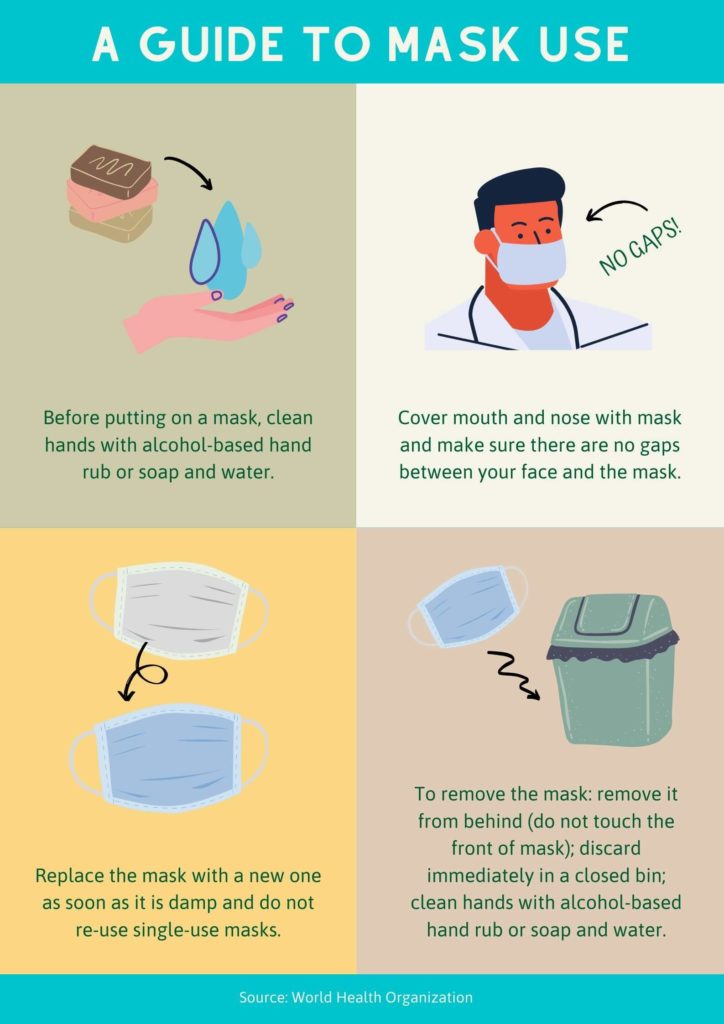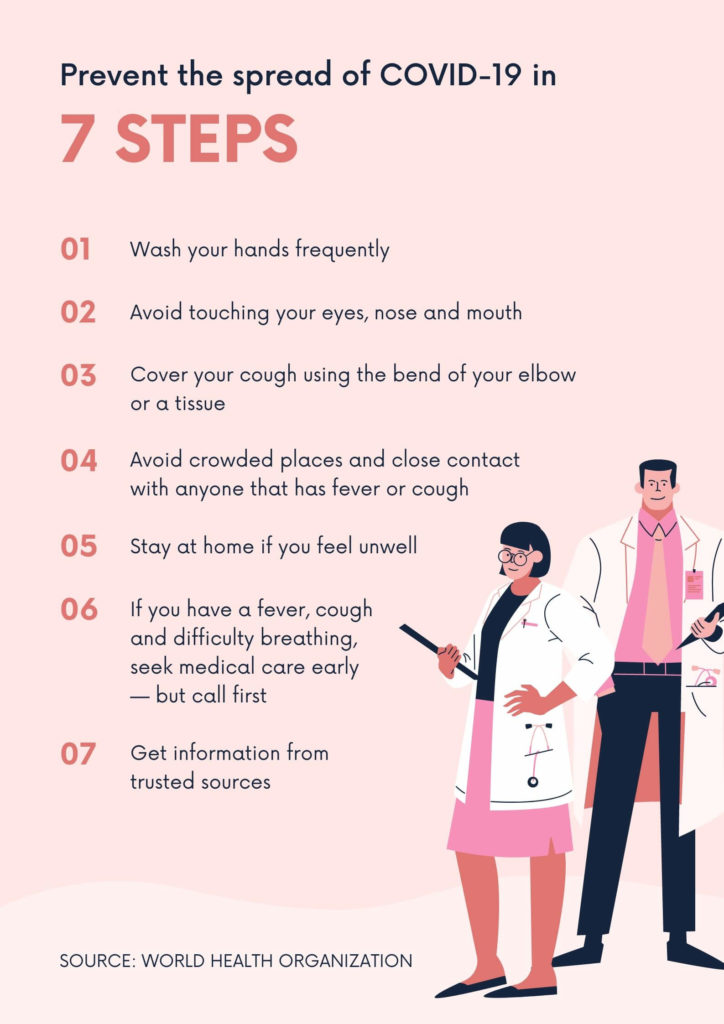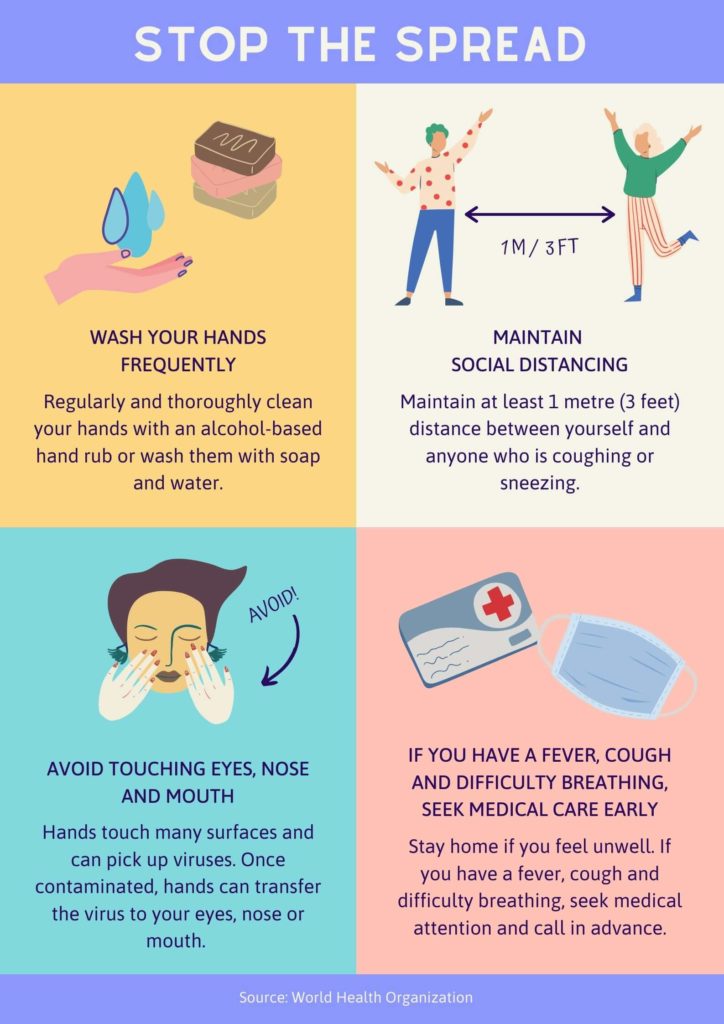The coronavirus (now called COVID-19) in China has an outbreak and caused global concern. According to researchers, it came from a seafood and meat market in Wuhan, China, in December. And it is a combination of two types of viruses, one from human and one from an animal. It has since spread to other countries, including the United States.
Despite Wuhan and other Chinese cities being quarantined, the COVID-19 has spread to almost 156 locations internationally. In the U.S., COVID-19 cases have been confirmed in New York, California, Oregon, and Washington State. Deaths have been reported in both Washington State and California. After China, its most affected countries are Italy, Iran, the U.S., and the United Kingdom. And now it’s spreading in India and causes more than 300 suspects and 6 Deaths till 22 March 2020.
What are the symptoms of a coronavirus?
COVID-19 symptoms range from mild to severe. It takes 2-14 days after exposure for symptoms to develop. Symptoms may include:
- fever (The Centers for Disease Control considers a person to have a fever when he or she has a measured temperature of at least 100.4 °F [38 °C])
- Dry cough
- shortness of breath
Those who have weak immune systems may develop more serious symptoms, like pneumonia or bronchitis. You may never develop symptoms after being exposed to COVID-19. So far, most confirmed cases are in adults, but some children have been infected. There is no evidence that children are at greater risk for getting the virus.
What causes a coronavirus infection?
Humans first got a coronavirus from contact with animals. Then, it spreading from human to human. Researchers do not know what animal caused COVID-19.
The COVID-19 virus can be spread through contact with certain bodily fluids, such as droplets in a cough. It might also be caused by touching an infected person has touched and then touching your hand to your mouth, nose, or eyes.
How we can prevent us or avoid coronavirus?
Try to avoid people to meet who are sick or meeting in large groups. Stay home if you feel sick.
Cover your mouth with a tissue when cough or cough into your upper sleeve or elbow. Do not cough into your hands.
Wash your hands often with a sanitizer, soap, and water for at least 20 seconds, especially after going to the bathroom, before eating, and after blowing your nose, coughing, or sneezing. If soap and water are not readily available, use an alcohol-based hand sanitizer with at least 60% alcohol. Always wash hands with soap and water if hands are visibly dirty. Avoid touching your mouth, nose, or eyes.
The Centers for Disease Control has issued travel advisories for several affected countries. If you are traveling to an area where the COVID-19 is present, speak with your doctor.
Coronavirus Treatment
Currently, there is no vaccine or treatment for COVID-19. Symptoms of a coronavirus usually go away on their own. If symptoms feel worse than a common cold or fever and difficulty in breathing, contact your doctor. He or she may prescribe pain or fever medication.
As with a cough or the flu, drink fluids and get plenty of rest in the observation of a doctor. If you are having trouble breathing, seek immediate medical care. WHO ADVICE for Public.
Avoid contact with others when you are sick. If you have COVID-19, wear a facemask to prevent spreading the virus to others. The CDC does not recommend wearing a mask if you do not have COVID-19.



